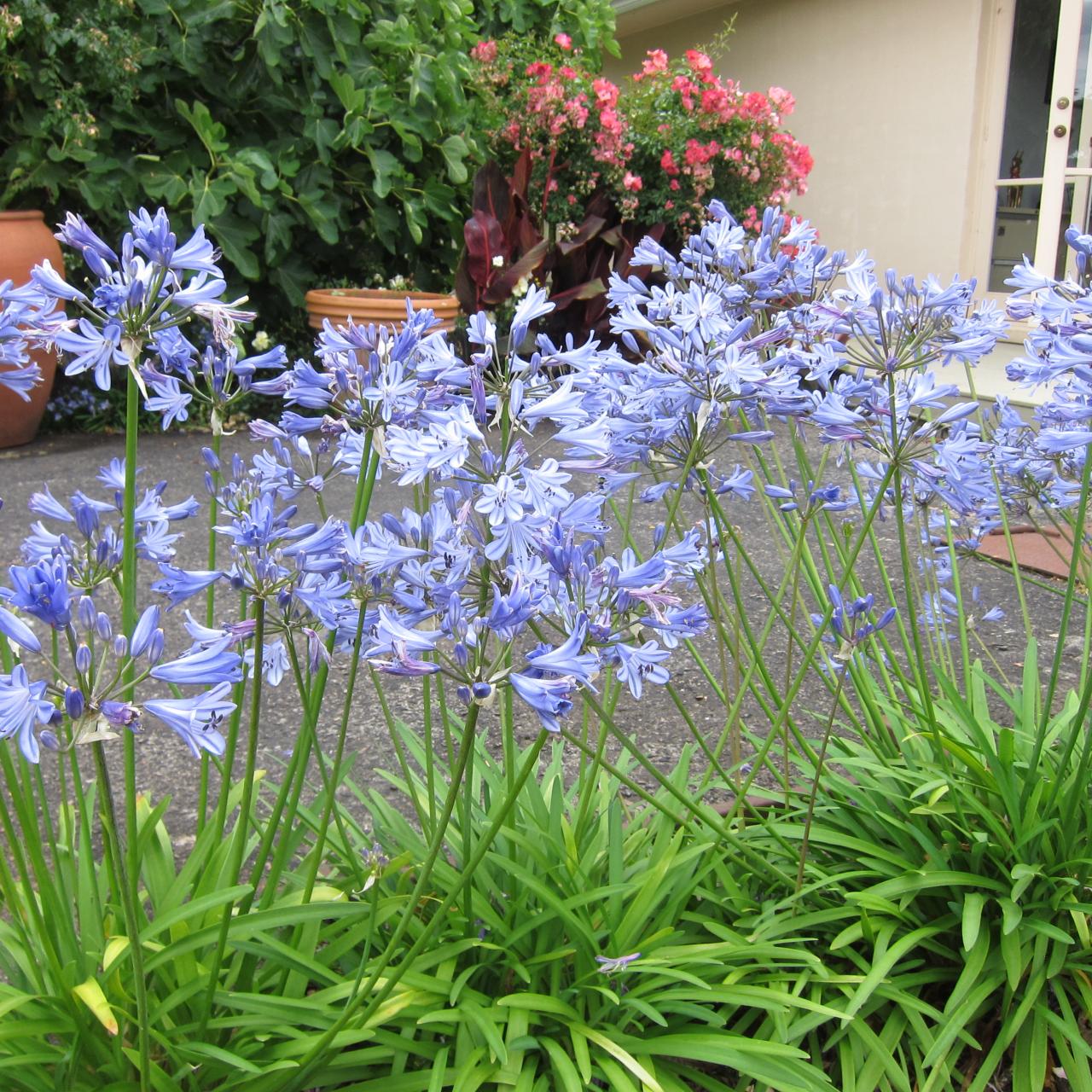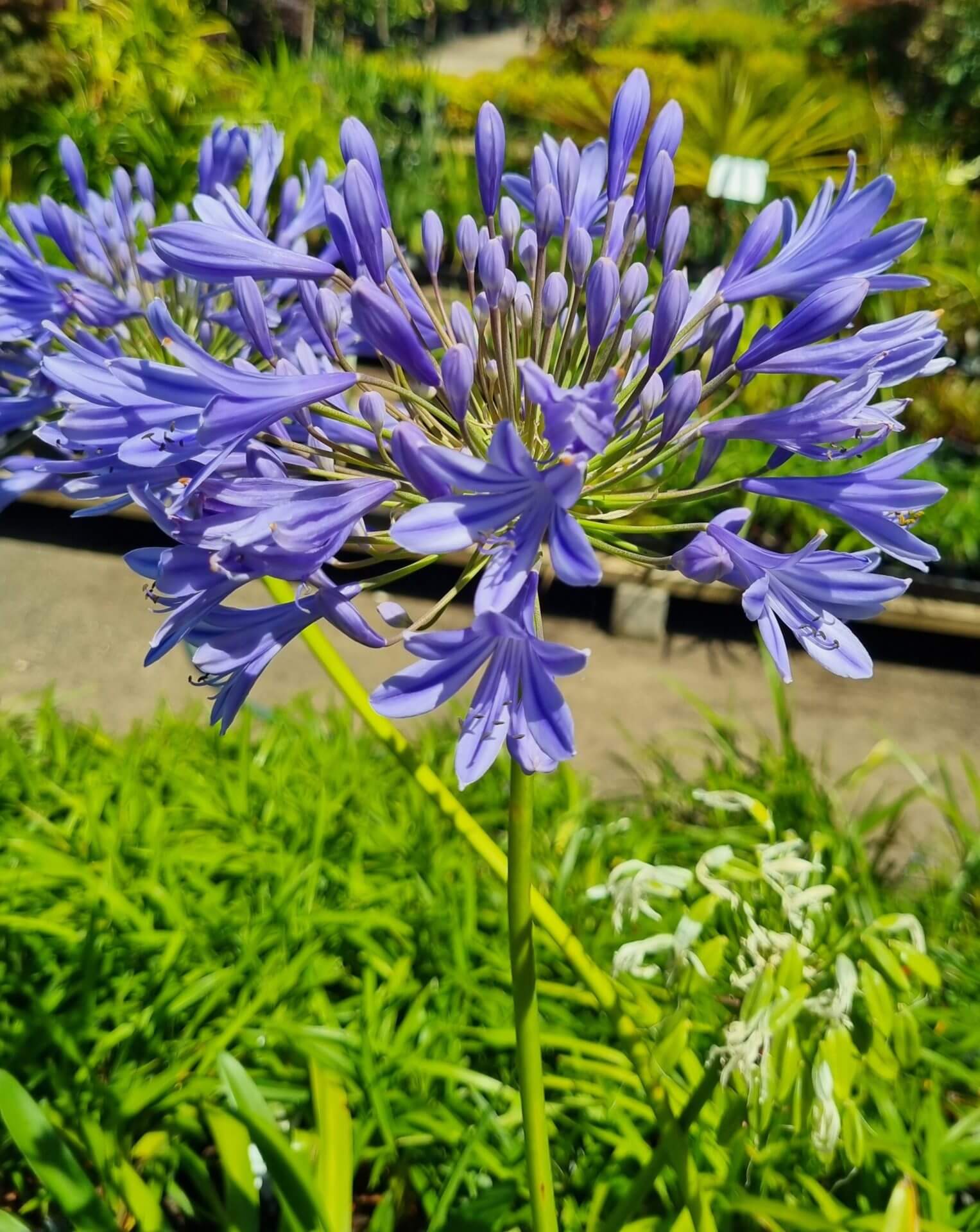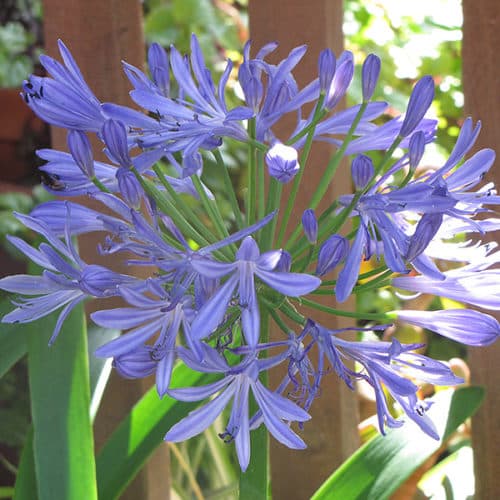Just how to Plant and Maintain Agapanthus in Your Yard
Just how to Plant and Maintain Agapanthus in Your Yard
Blog Article
Understanding the Art of Agapanthus Care: Crucial Actions for Healthy And Balanced Development and Vivid Blossoms
In the realm of cultivation, the farming of agapanthus stands as a rewarding endeavor for those that look for to nurture these classy blooming plants. From choosing the best range to mastering pruning strategies, the trip in the direction of cultivating thriving agapanthus plants is complex and holds the essential to unlocking the full capacity of these agricultural treasures.

Choosing the Right Agapanthus Range

When picking the appropriate Agapanthus range for your garden, think about elements such as climate suitability, flower shade, and development habit. In addition, take into consideration the environment in your region to ensure the Agapanthus selection you choose can flourish in your specific conditions. Understanding the development routine of various Agapanthus varieties is critical for appropriate placement within your garden.
Suitable Growing Problems
Thinking about the optimum environmental requirements is necessary for effective Agapanthus growing. Agapanthus plants are delicate to cool temperature levels and must be shielded from frost during winter months.
To make certain healthy development and vibrant flowers, plant Agapanthus light bulbs at a depth of concerning 2-4 inches and space them 8-12 inches apart. Mulching around the base of the plants assists keep dampness and reduces weed development.
Watering and Fertilizing Tips
Preserving appropriate moisture degrees and providing necessary nutrients are crucial elements in the treatment routine for Agapanthus plants. It is crucial to strike a balance when it comes to watering Agapanthus. If overwatered, these plants like continually damp dirt yet are vulnerable to root rot. Throughout the expanding season, water deeply once a week, ensuring the dirt is well-draining to avoid waterlogging. In hotter environments or during durations of drought, even more frequent watering might be necessary to maintain the soil uniformly moist. Nonetheless, decrease watering in the winter months to avoid water logged conditions.
Feeding Agapanthus is vital for advertising healthy growth and prolific blooms. Use a balanced fertilizer, such as a 10-10-10 formula, in the very early spring as brand-new growth arises. By adhering to these watering and feeding suggestions, you can guarantee your Agapanthus plants prosper and produce lively, durable blossoms.
Pruning Strategies for Agapanthus
Pruning Agapanthus plants at the proper times and with proper More Help techniques is critical for maintaining their health and wellness and advertising optimum development look at here now and flowering. The ideal time to prune Agapanthus is in late winter months or early spring before brand-new growth arises.
Deadheading invested flowers can additionally reroute the plant's power right into generating more flowers rather than establishing seeds. If you want to collect seeds for proliferation, leave some flowers to fully grown and completely dry on the plant.
Bear in mind to make use of tidy, sharp tools to make exact cuts and decrease the danger of introducing conditions. Agapanthus. Routine trimming will certainly assist maintain your Agapanthus looking healthy and balanced and neat while guaranteeing a bountiful display of beautiful blossoms
Taking Care Of Usual Insects and Conditions
After ensuring correct trimming strategies for Agapanthus, it is vital to resolve usual insects and diseases that can affect the health and wellness and vitality of these plants. Agapanthus plants are usually sturdy however can still succumb to particular concerns. One common bug that affects Agapanthus is the Agapanthus gall midget. This small, orange fly lays its eggs in the foliage, causing distorted growth and flower buds that fail to open. To battle this parasite, trim and destroy any type of damaged plant parts and consider utilizing insecticidal soap.
One more usual concern is fungal fallen leave spot, which presents as dark lesions on the fallen leaves. To avoid fungal conditions, guarantee great air flow around the plants, stay clear of above watering, and eliminate any contaminated leaves quickly. In addition, Agapanthus plants can experience root rot if they are grown in poorly draining pipes dirt. To prevent this, plant Agapanthus in well-draining dirt and prevent overwatering. By being cautious and taking prompt activity against diseases and parasites, you can aid your Agapanthus plants thrive and create lively blossoms.

Conclusion
To conclude, mastering the art of agapanthus treatment involves selecting the right selection, providing suitable growing conditions, proper watering and fertilizing, suitable trimming strategies, and dealing with usual insects and illness. By complying with these important actions, you can make sure healthy and balanced development and why not try here vibrant blossoms for your agapanthus plants. Remember to regularly check and keep your plants to promote their total health and long life.
To ensure healthy growth and vivid flowers, plant Agapanthus bulbs at a deepness of about 2-4 inches and room them 8-12 inches apart. By adhering to these watering and feeding tips, you can guarantee your Agapanthus plants thrive and generate vibrant, resilient flowers.
One typical parasite that impacts Agapanthus is the Agapanthus gall midge. Additionally, Agapanthus plants can experience from root rot if they are grown in badly draining dirt. By complying with these crucial actions, you can ensure healthy growth and lively flowers for your agapanthus plants.
Report this page